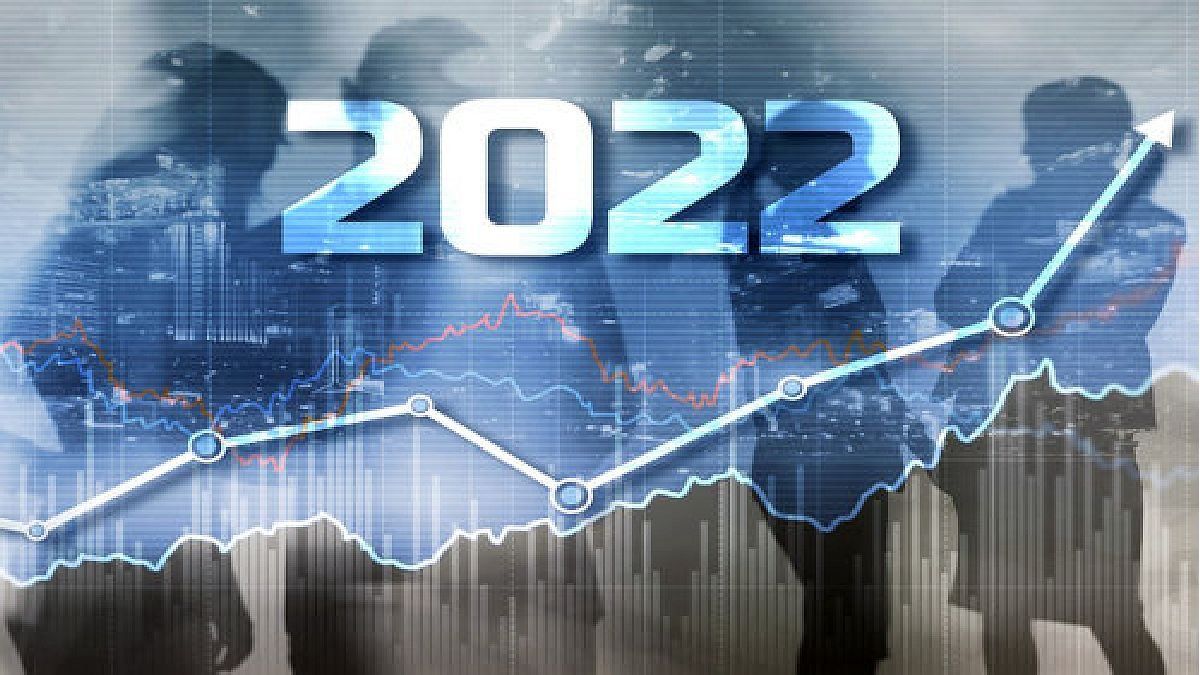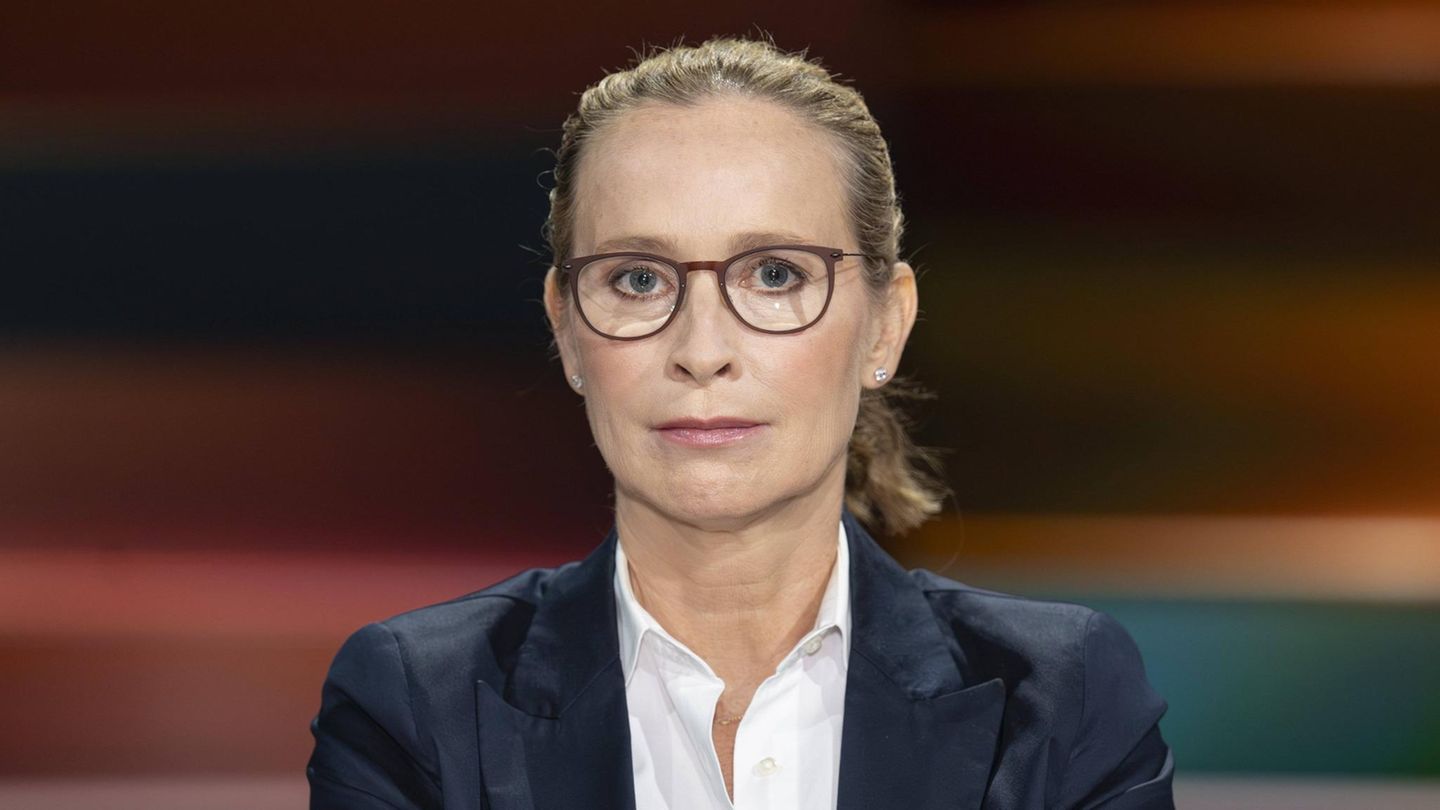The worst thing is that it is not even enough to face all the state expenditures; so today, in one way or another, it absorbs around $ 7 out of every $ 10 credit available. It is clear why financing to invest and produce is scarce. It is not uncommon for the above to be a growing problem; since almost all the governments of the moment have considered that lowering the enormous public spending is recessive. What is remarkable is that they consider that it is not recessive to adjust the productive sector, which is the one who generates the resources to pay their salaries and expenses. Not to mention state expenses.
The drama does not end there, not only companies are victims of this excess. A worker in a dependency relationship, who cannot pay income tax, works for about half of the month for the different levels of the public sector.
Profits
Most of the officials who have been in our government and all those in the current administration believe that they can tell workers and entrepreneurs how to better carry out their task, in such a way that society as a whole benefits from a higher growth. This has led to more than 67,000 regulations that tell those who produce how to do it.
An example: establishing “careful prices” or “freezes” to moderate the loss of purchasing power of the peso, when it is financing with monetary issue to the State, which causes the value of the peso to fall. Our officials, with one hand, point to a “supposed” culprit; while with the other they take part of what you have in your pocket to pay for excess public spending. Someone wondered how many of the countries around us with low inflation have broad price freezes like the ones here. In none. Miracle? No, they have central banks that prioritize respecting the citizen by giving them a stable and reliable currency. The main objective of the Central Bank of the Argentine Republic (BCRA) has almost always been to finance the spending excesses of the governments of the day, taking purchasing power out of the pesos that we have saved and in our pocket. The results are visible. Since 1970, 13 zeros have been removed from the currency. That is, if they had been left, a $ 1 coin today would have read $ 10,000,000,000,000.
Not only that. Our officials consider that they are better than entrepreneurs to decide where they should direct their efforts and money; so they take out those who produce in certain sectors to encourage those who do where “their illustrated finger” indicates. Also, they usually determine from whom you can buy certain inputs, even if they are not the best and lowest priced; which means that the final good does not end up having those characteristics either.
In addition, in order to sustain an economic regime that encourages the outflow of savings by Argentines and foreigners, a stock is maintained that generates an exchange withholding. This arises from the difference between what the BCRA actually pays an exporter in pesos and what it would cost to buy back those currencies that it sold in the parallel financial market. Today, that deduction is around half of the exported amount, from which you will have to subtract the tax withholdings. For example, what a soybean producer earns is around a third of what he sold is worth; which is evidently confiscatory. If to all of the above we add the aforementioned tangle of regulations that distort Argentine markets and the enormous inefficiency of the services that the State should provide, the growing lack of competitiveness in Argentina is clear.
Therefore, sales abroad have never grown with “stocks”, they only did so in value when there are exceptional situations of high international prices, such as in 2021. This will lead to exported amounts that will approach the highest of the last 10 years; This will be reversed throughout 2022. However, despite the profitability of current international prices and the fact that many sectors recovered their pre-ndemic production levels, the quantities sold will be well below those of 2019. It is clear that the reversal of the expansionary monetary policies of the central banks of developing countries will imply that the favorable external winds change direction. Unfortunately, it is also true that this will lead to a drop in prices and in the quantities exported in the medium term. The flood forms a lake that covers the damage, which will be visible when the waters recede.
To answer the question at the beginning of this article, you just need to ask yourself: If I had the possibility of starting a company, Would you do it in a place where they squeeze you with taxes, leave you without credit and the officials decide for you how you are going to handle it? If the answer is yes, then you should be investing all your money in Argentina; since it has a future of sustainable growth. If you answered in the negative, you should be putting your savings and investments as far as possible, especially out of the hands of our officials. And it should not surprise you that Argentina is on the podium of those with the most flight of capital per inhabitant.
However, this does not mean that the country is doomed to decline. Other countries have demonstrated their ability to generate prosperity and more opportunities for advancement for their people. Like them, it is only necessary that we face the structural reforms with which they managed to adapt their economies to a world that is advancing at great speed and that the Argentines are leaving us behind.
Economist and director of the “Libertad y Progreso” Foundation.
Source From: Ambito




